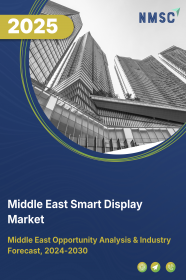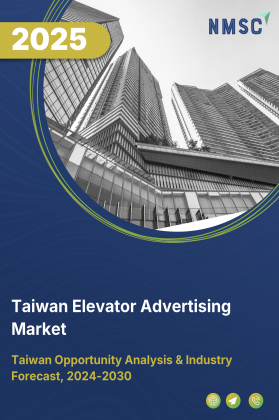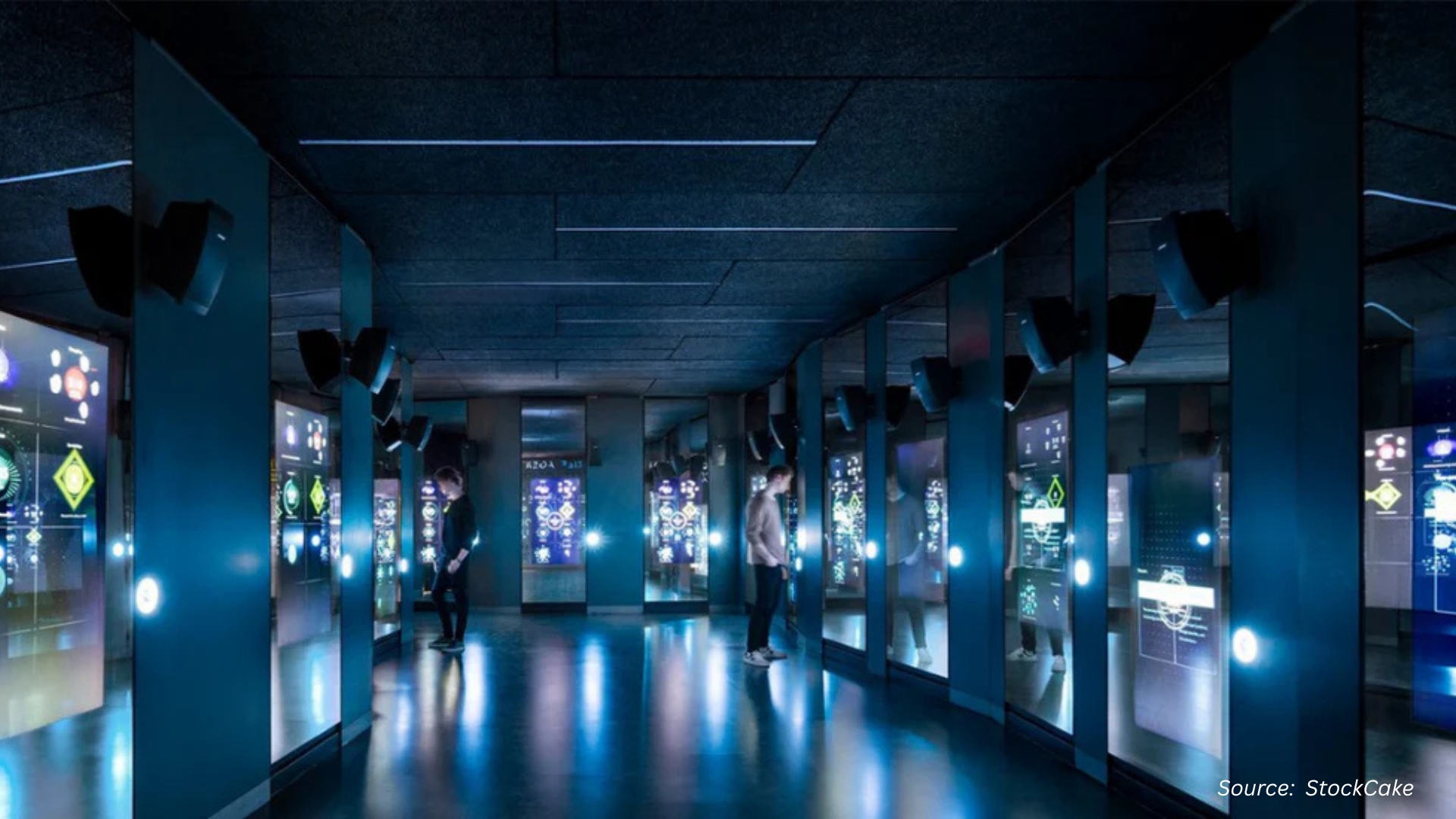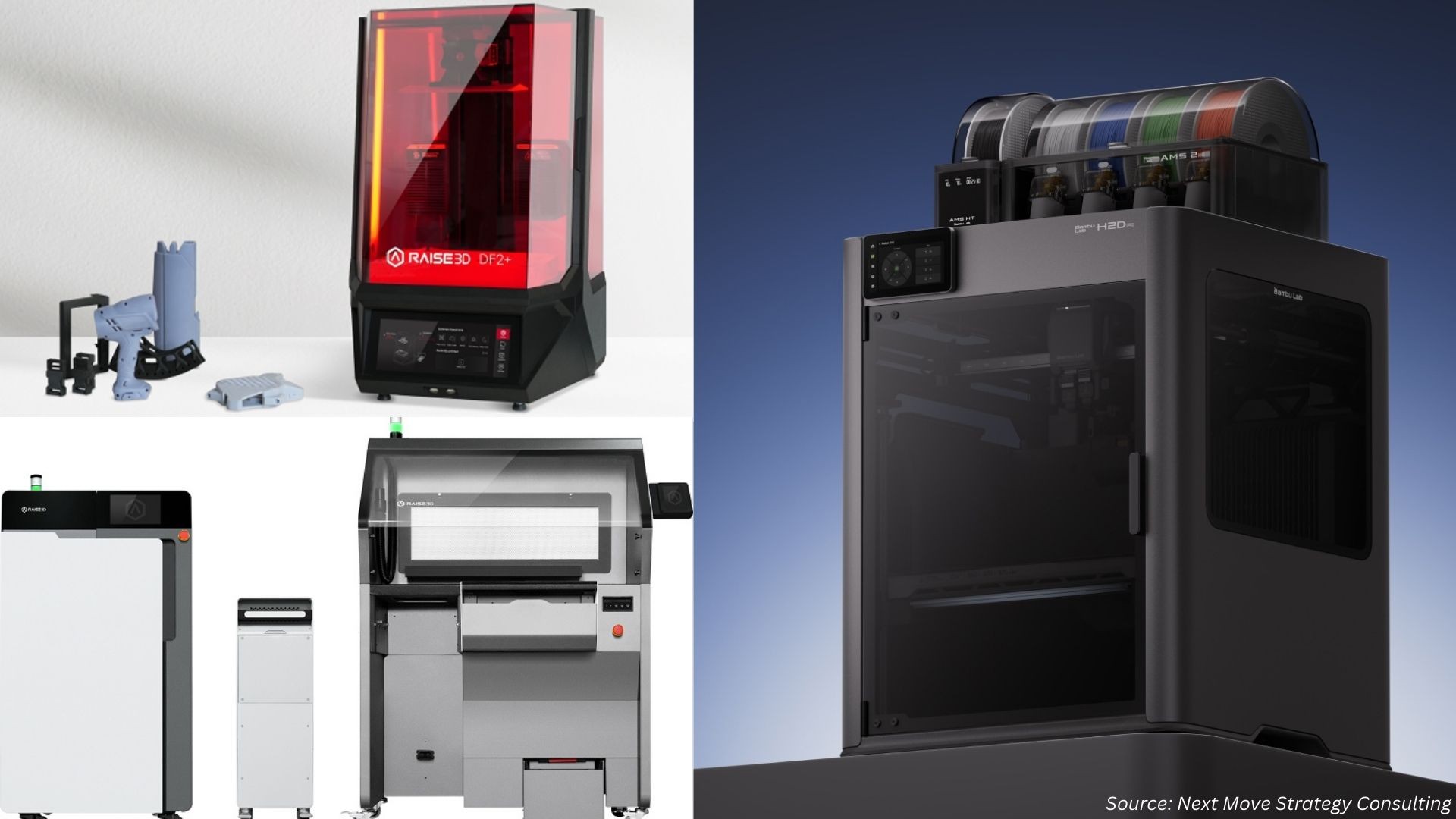
Middle East Smart Display Market by Technology, (Lcd, Led, E-paper Displays, Oled,Others), By Product Type, (Standalone Smart Displays, Integrated Smart Displays (appliance-built), Interactive Touchscreen Displays, Transparent Smart Displays, Other Display Types), By Display Size, (Below 24 Inch, 24 Inch - 55 Inch, Above 55 Inch), By Resolution, (Uhd (3840 × 2160), Fhd (1920 × 1080), Hd (1280 × 720 Or 1366 × 768), Other Resolutions) – Opportunity Analysis and Industry Forecast, 2023–2030
Industry: Semiconductor & Electronics | Publish Date: 20-Sep-2025 | No of Pages: 267 | No. of Tables: 248 | No. of Figures: 193 | Format: PDF | Report Code : SE1038
Market Definition
Middle East Smart Display Market was valued at USD 697.24 million in 2022, and is predicted to reach USD 2591.3 million by 2030, with a CAGR of 16.2% from 2023 to 2030. A smart display is a sophisticated device featuring a touchscreen or interactive visual interface, coupled with voice recognition and artificial intelligence capabilities.
Functioning as versatile information hubs, these displays can execute diverse tasks, including presenting information and managing smart home devices. They offer visual responses to voice commands, facilitating video calls and serving as interactive tools for scheduling, weather updates, and entertainment purposes.
Smart displays are meticulously crafted to elevate convenience, accessibility, and user engagement across various settings, such as homes, offices, and public spaces. Their applications span residential homes, offices, healthcare facilities, retail, education, and beyond.
Global Tech Giants Accelerate Smart Display Adoption in the Middle East
Global technology leaders such as Samsung, LG, and Huawei are increasingly recognizing the Middle East as a high-potential region for smart display innovation. These companies are investing in region-specific products that incorporate Arabic language support, regional content customization, and seamless integration with Middle Eastern smart home ecosystems. By tailoring products to cultural preferences and digital habits in countries like the UAE, Saudi Arabia, and Qatar, these companies are enhancing the overall user experience and accelerating smart display adoption across the region.
A standout initiative was Samsung’s launch of SmartThings Home in Dubai in October 2022—the first multi-device experience center of its kind in the Middle East. The space features immersive zones such as a Smart Office, Living Room & Kitchen, Gaming Area, and Content Studio, showcasing how smart displays and connected devices can transform daily life. Visitors can experience 15 SmartThings scenarios, demonstrating real-time connectivity between Samsung appliances and smart displays. This initiative underscores how global brands are not only promoting their products but also educating Middle Eastern consumers on the benefits of smart living.
Government-driven Initiatives and Industry Partnerships Boost Smart Display Awareness in the Middle East
Governments in the Middle East are playing a proactive role in promoting smart home and smart display technologies through public initiatives and strategic collaborations. One notable example is Dubai’s Smart Home Design Competition, launched in September 2023. This initiative encourages architects, designers, and innovators to submit cutting-edge smart home concepts, with significant financial incentives for winning ideas. Such programs reflect the region’s broader commitment to digital transformation and the integration of smart technologies into urban infrastructure.
These government-led efforts are instrumental in raising consumer awareness about the role of smart displays in modern living. By incentivizing innovation and aligning it with national sustainability goals, cities like Dubai are shaping consumer attitudes and increasing the appeal of smart technologies. With governments across the Middle East emphasizing smart infrastructure in their long-term visions, including Saudi Vision 2030 and Qatar National Vision 2030, smart displays are expected to become foundational elements in the region’s smart city ecosystems.
Security Vulnerabilities in Smart Home Displays Restrain Market Growth in the Middle East
Despite the growing demand, security vulnerabilities remain a key concern hindering the widespread adoption of smart displays in the Middle East. Weak data protection protocols, unencrypted transmissions, and the use of default or simple passwords pose significant risks to end-users. These vulnerabilities are particularly concerning in the region’s digitally connected households and institutions, where smart displays often handle sensitive information related to security systems, healthcare, and personal communication.
To address this issue, smart display manufacturers serving the Middle East market must prioritize robust cybersecurity measures. This includes implementing advanced encryption, multi-factor authentication, secure firmware updates, and real-time threat monitoring. As consumer awareness around data privacy increases, companies that lead with security-first designs will likely gain a competitive edge. Enhancing user trust through better security will be essential for unlocking the full potential of smart displays in the region.
Unveiling Opportunities: Laser-based Display Technology Gains Momentum in the Middle East
The Middle East is emerging as a promising market for laser-based display technology, which offers superior brightness, color precision, and energy efficiency. These attributes make laser displays highly suitable for a range of smart display applications—from premium home entertainment systems to public digital signage in airports, malls, and smart buildings. The durability and low maintenance of laser displays align well with the region’s push for sustainable and long-lasting technology solutions.
As laser display technology becomes more cost-effective and accessible, it presents significant growth opportunities in sectors prioritizing high visual quality and low power consumption. In particular, the UAE and Saudi Arabia are expected to see increased deployments in education, hospitality, and retail environments where visual impact and operational efficiency are key. The integration of laser displays into smart ecosystems will not only enhance user experience but also contribute to the region's broader goals of sustainability and innovation-driven growth.
Competitive Landscape
The Middle East smart display industry includes several market players such as Samsung Electronics Co., Ltd, Panasonic Corporation, Huawei Technologies Co., Ltd, Sony Group Corporation, LG Electronics, Inc, Toshiba Corporation, Haier Smart Home Co., Ltd, Xiaomi Corporation, TCL Technology Group Corporation, Hisense Group Co., Ltd, Koninklijke Philips N.V, Microsoft Corporation, Barco NV, Vestel Elektronik Sanayi Ve Ticaret A.Ş, BenQ Corporation
Middle East Smart Display Market Key Segments
By Technology
-
Lcd
-
Led
-
E-paper Displays
-
Oled
-
Others
By Product Type
-
Standalone Smart Displays
-
Integrated Smart Displays (appliance-built)
-
Interactive Touchscreen Displays
-
Transparent Smart Displays
-
Other Display Types
By Display Size
-
Below 24 Inch
-
24 Inch - 55 Inch
-
Above 55 Inch
By Resolution
-
Uhd (3840 × 2160 Or Higher)
-
Fhd (1920 × 1080)
-
Hd (1280 × 720 Or 1366 × 768)
-
Other Resolutions (2k, Wxga, Custom)
By Application
-
Smart Home
-
Voice-controlled/assistant Smart Display
-
Smart Appliance Display (fridge, Oven, Hvac, Etc.)
-
Smart Display Mirror - Home
-
-
Automotive (smart Mirror)
-
Oem Rearview Display Mirror
-
Aftermarket Rearview Display Mirror
-
Side-view Display Mirror
-
-
Digital Signage
-
Retail & Hospitality Signage
-
Transportation Hubs & Public Places Signage
-
Sports & Entertainment Venue Signage
-
Other Signage Applications
-
-
Healthcare
-
Patient Monitoring And Telehealth Displays
-
Diagnostic / Imaging Workflow Displays
-
Digital Whiteboards For Medical Staff
-
-
Automotive (other In-vehicle Displays)
-
In-dashboard Infotainment Displays
-
Digital Instrument Clusters
-
-
Other Consumer / Industrial Applications
By Region
-
Middle East
-
Saudi Arabia
-
United Arab Emirates (UAE)
-
Israel
-
Qatar
-
Kuwait
-
Oman
-
Other Countries
-
Key Players
-
Samsung Electronics Co., Ltd.
-
Panasonic Corporation
-
Huawei Technologies Co., Ltd.
-
Sony Group Corporation
-
LG Electronics, Inc
-
Toshiba Corporation
-
Haier Smart Home Co., Ltd.
-
Xiaomi Corporation
-
TCL Technology Group Corporation
-
Hisense Group Co., Ltd.
-
Koninklijke Philips N.V.
-
Microsoft Corporation
-
Barco NV
-
Vestel Elektronik Sanayi Ve Ticaret A.Ş.
-
BenQ Corporation
REPORT SCOPE AND SEGMENTATION:
|
Parameters |
Details |
|
Market Size in 2022 |
USD 697.24 Million |
|
Revenue Forecast in 2030 |
USD 2591.3 Million |
|
Growth Rate |
CAGR of 16.2% from 2023 to 2030 |
|
Analysis Period |
2022–2030 |
|
Base Year Considered |
2022 |
|
Forecast Period |
2023–2030 |
|
Market Size Estimation |
Million (USD) |
|
Growth Factors |
|
|
Companies Profiled |
15 |
|
Market Share |
Available for 10 companies |
|
Customization Scope |
Free customization (equivalent up to 80 working hours of analysts) after purchase. Addition or alteration to country, regional, and segment scope. |
|
Pricing and Purchase Options |
Avail customized purchase options to meet your exact research needs. |

















 Speak to Our Analyst
Speak to Our Analyst

























